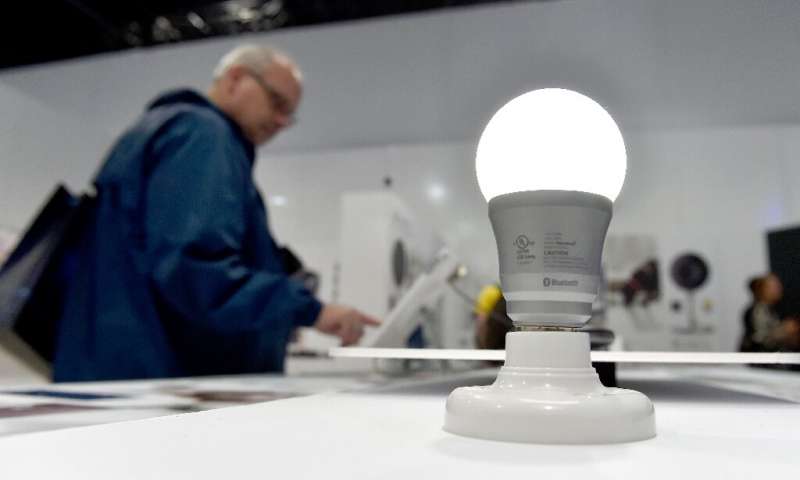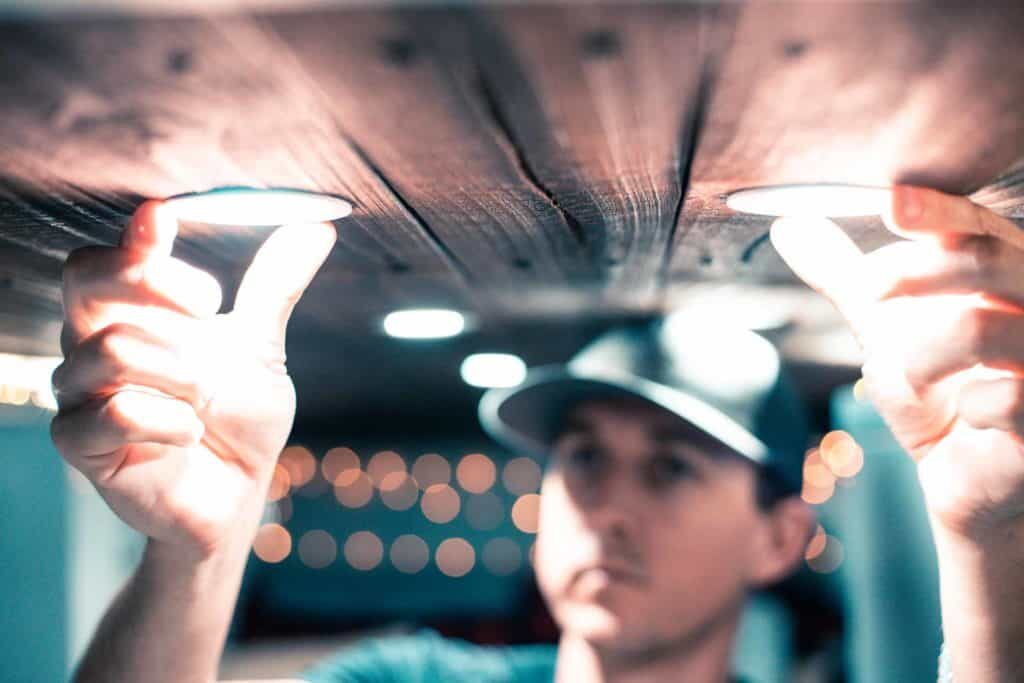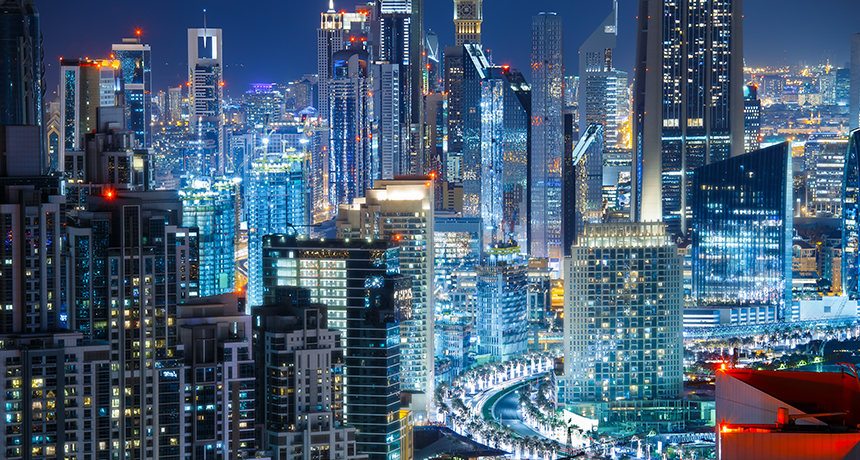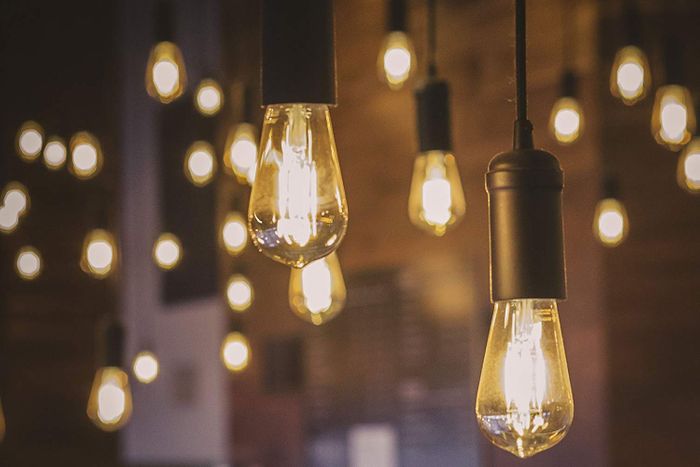LED light can damage eyes, health authority warns
New findings confirm earlier concerns that “exposure to an intense and powerful [LED] light is ‘photo-toxic’ and can lead to irreversible loss of retinal cells and diminished sharpness of vision,” the French Agency for Food, Environmental and Occupational Health & Safety (ANSES) warned in a statement.
The report distinguished between acute exposure of high-intensity LED light, and “chronic exposure” to lower intensity sources.
While less dangerous, even chronic exposure can “accelerate the ageing of retinal tissue, contributing to a decline in visual acuity and certain degenerative diseases such as age-related macular degeneration,” the agency concluded.
Long-lasting, energy efficient and inexpensive, light-emitting diode (LED) technology has gobbled up half of the general lighting market in a decade, and will top 60 percent by the end of next year, according to industry projections.
The basic technology for producing a white light combines a short wavelength LED such as blue or ultraviolet with a yellow phosphor coating. The whiter or “colder” the light, the greater the proportion of blue in the spectrum.

HOW-TO WIRE LIGHTS & SWITCHES IN A DIY CAMPER VAN ELECTRICAL SYSTEM
Ever live in a house that had lights you couldn’t turn off and on by a switch? No? Me either. Let’s keep that streak up. This blog post is going to teach you how to wire 12v lights (and any other 12v accessories) you want to control by a switch or two.
Quick note before we get started. This is just one part of an overarching “How to Install a DIY Camper Van Electrical System” series. If you’ve just stumbled on this article directly without seeing that, there are likely some things we’ve already covered
Also, we have interactive solar wiring diagrams that are a complete, A to Z solution for teaching you exactly what parts go where, what size wires to use, fuse size recommendations, wire lug sizes, and all kind of other stuff to help save you time and frustration
12V LIGHT SWITCH
For a standard light switch, you’re looking for a switch that technically called “Single Pole Single Throw”, or commonly abbreviated “SPST”. This is the most basic switch
12V 2-WAY SWITCH
HUGLY POPULAR and somewhat confusing, but we will straighten that out. The purpose of a 2 way switch is so that you can have a switch by your entry-way and another by, say, your bed so you can operate the lights.

Night lights have a dark side
In the days that followed, concerned residents reported a giant cloud of silvery light stretching across the night sky. Some worried that the mysterious sight was somehow related to the earthquake. These people had lived in the large, brightly lit city their entire lives. Many had rarely seen stars. They certainly had never before seen this night-sky cloud of light.
When artificial (human-made) light spills into areas where it’s not wanted, it’s called light pollution. Indeed, it is considered one of the biggest forms of pollution. It prevents two-thirds of U.S. residents and half of those in Europe from viewing the Milky Way. And light pollution increases every year, as cities continue to grow
That doesn’t mean electric lights are bad. They have allowed people to work and play beyond sundown for roughly a century. Lights along roadways can make driving safer. In many ways, lighting up the night has been a good thing
But there can be drawbacks. Sometimes lights that are meant to be helpful pose unintended harms. And this problem goes beyond our ability to enjoy the night sky. Research is revealing that light pollution can alter the behavior of plants, animals and people. Some unnatural light-dark cycles may even make us sick.
Lighting the night
More than 8,000 stars should be visible without a telescope. Up to 4,000 of those can be seen at one time. (The others hide below the horizon.) But to see most stars requires gazing well away from cities or other populated areas. People living in urban areas see only a tiny fraction of stars that were visible to our ancestors.

The Best LED Light Bulbs
Here at the Strategist, we like to think of ourselves as crazy (in the good way) about the stuff we buy, but as much as we’d like to, we can’t try everything. Which is why we have People’s Choice, in which we find the best-reviewed products and single out the most convincing ones.
And while we’ve written before about all sorts of lighting — including tips on how to rescue a rental with bad lighting, a list of energy-efficient bulbs, and a review of “trippy” mushroom-shaped night light — here, we’ve rounded up the best LED light bulbs
They’re available in two different color temperatures: soft white and daylight. Both have their own draw, but in general, purchasers seem to prefer the slightly brighter “daylight” bulb for general use in their homes. One reviewer explains, “We had warm or soft white incandescent bulbs throughout the house, and I have been working on replacing them all with a bright white light.
Over 90 percent of the reviewers give these bulbs five-stars, with many highlighting the brightness of the light they put out and the affordability of this four-pack. “Great value for the cost per bulb,” writes one reviwer, one of dozens who uses the word “value” in their review. Another shares a more nuanced review: “I have a love-hate relationship with these lights. They are so bright and light up so well, I love it. Oh yeah, the hate relationship part, now I can see how dirty some areas in the house were that my old ugly yellow lights wouldn’t show before.”
light bulbs have great longevity. One reviewer, with a “big house” that’s apparently “always running out of lightbulbs,” suspects they “should last a long, long time while using a fraction of the electricity.” Even though they’re not too expensive, especially when you’re buying in bulk, she was “very surprised and pleased at the quality of these bulbs,” calling them “much better quality than old-school bulbs.” Another reviewer said she has a “near religious epiphany” after switching all her bulbs to these LED lights.

The History of the Light Bulb
The history of the light bulb is filled with rivalry, failures and great achievements. The electric light bulb has been called the most important invention since man-made fire. The light bulb helped to establish social order after sundown, extended the workday well into the night, and allowed us to navigate and travel safely in the dark. Without the light bulb, there would be no nightlife. However, creating a steady and affordable source of illumination was not as easy as many history textbooks suggest. The modern light bulb is the result of many innovators’ work and continuous improvements over 150 years.
The First Artificial Sources of Light
Before the arrival of electric lighting, people used a variety of tricks for navigating their neighborhoods at night. In The Downs, an area near the English Channel, patches of chalky soil were used as beacons known as down lanterns. In wooded areas, bark was strategically cut from trees to expose the lighter wood underneath. However, on most clear nights, the moon and starlight were strong enough to navigate at night.
During the 19th century, gas lighting replaced candles and oil lamps in many homes, businesses, and streets. Gas lamps produced a brighter and more efficient illumination. They also cost 75 percent less than candles or oil lamps, and were easier and safer to operate. By the 1850s, most city streets in the United States and Europe were illuminated by gas lamps. Gas lighting is credited with reducing crime rates and increasing literacy in many areas. As electricity became more widespread during the turn of the century, gas lamps were replaced by incandescent lamps in streets, businesses, and theaters.
The First Electric Lights
In 1802, Sir Humphry Davy, an English physician, created the first electric light by passing a current through a platinum strip. The glow did not last long, but it marked the beginning of the history of light bulbs. In 1809, Davy demonstrated the first carbon arc lamp at the Royal Institute in London by connecting two wires to a battery and attaching a charcoal strip between the other ends of the wires. While the scientific community and the public raved about the demonstration, the arc lamp burned too brightly and consumed a large amount of current, which quickly drained the battery and rendered the lamp impractical for commercial development and production. Several decades passed before electric generators made arc lamps practical for street and theater lighting.
In 1875, Pavel Nikolayevich Yablochkov, a Russian electrical engineer and inventor, developed the first practical arc lamp known as the “Yablochkov Candle.” Yablochkov used two parallel carbon rods to extend the life of the battery. During the Paris World’s Fair of 1878, about 64 Yablochkov candles were installed on the Avenue de l’Opéra, Plade du Théâtre Francais and around the Place de l’Opéra, earning the city the famous nickname of “City of Lights.” The success of the exhibition was influential in bringing electric lighting to the masses, and arc lamps were soon installed on many streets in the United States and Europe.